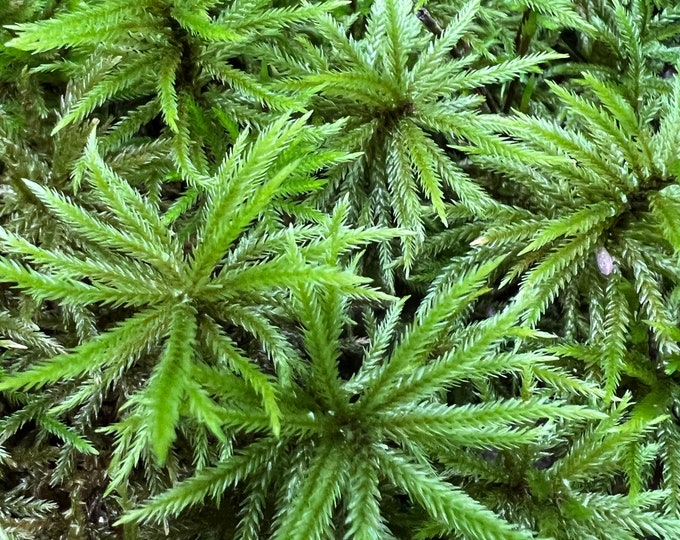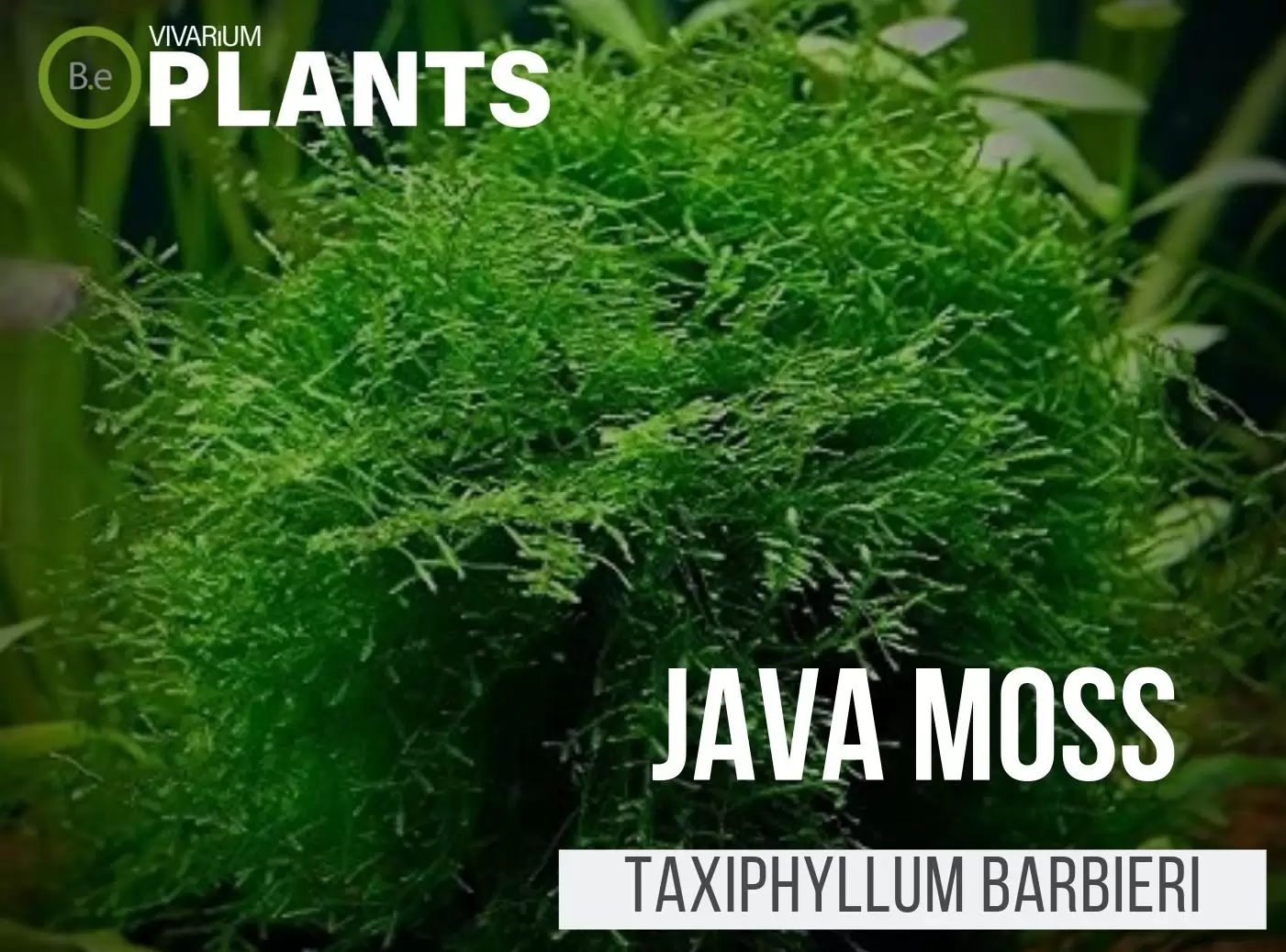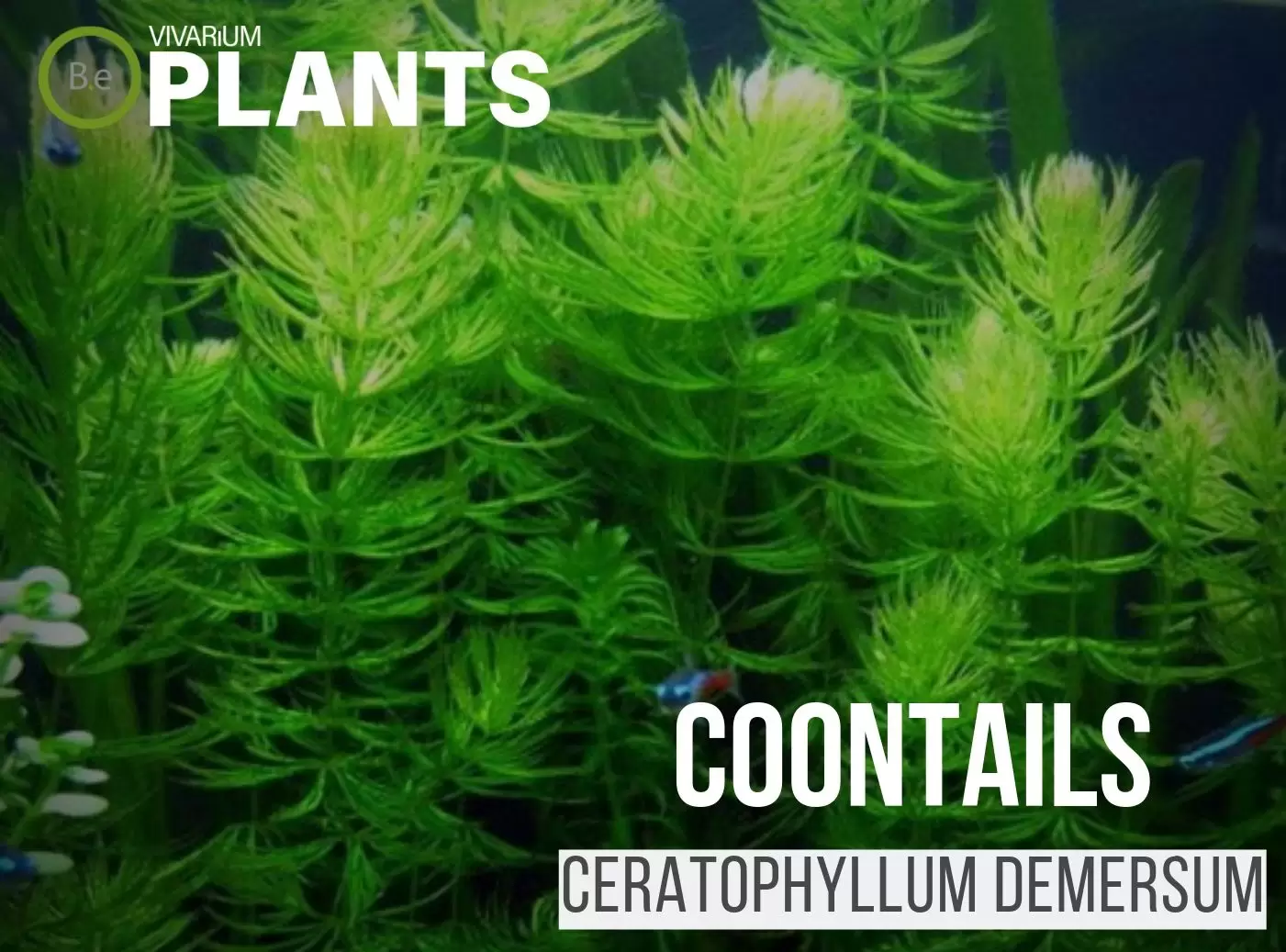Climacium dendroides (Tree Moss) is an excellent terrarium plant to have in any vivarium that has terrestrial features.
It adds structure to any viewing area with its upright branches, allowing it to look beautiful when planted near other upright plants.
This moss is fairly easy to care for, but it can be sensitive to pH.
This species is safe with all pets and is great for anyone wanting to add a more ornamental aspect to their vivarium.
Table Of Contents:
ToggleWhat Is Tree Moss?
Climacium spp. is a species of evergreen moss native to the Northern Hemisphere.
This species of moss grows in a tree-like form and typically forms colonies.
Climacium dendroides is an epiphytic moss, and it doesn’t have true roots, meaning it doesn’t need soil to survive.


Tree Moss Facts
Tree moss is unique in that it attaches itself to tree branches or trunks and is able to photosynthesize without soil.
It gets its nutrients mainly through absorbing humidity and will usually be found clinging to rotting logs or trunks in moist, shady areas.
Many creatures find shelter and even food in tree moss colonies, and tree moss plays a major role in the overall food chain of the area.
Description
Climacium dendroides is an upright species of moss with a tree-like form.
Its branches can typically be from 4 – 18 inches in length and its colors can vary from shades of green and brown.
This moss is a setaceous moss, and its stems grow up with the leaves spreading in both directions from the stem, giving it a “bristled” look.
These leaves are distinct in appearance and are smooth and pinnate with a whitish-green hue.
The underside of the leaves tends to have a brown-colored hue.
Habitat
This particular tree moss is native to deciduous and coniferous forests in the northern hemisphere, specifically in temperate regions.
This moss flourishes in areas with adequate moisture and where the temperatures are fairly mild.
PH Preference
Climacium moss is a bit more sensitive to pH than most mosses because of its epiphytic nature.
The ideal pH range for this moss is between 4.5 to 6.5. Higher numbers in pH can damage the moss and most likely make it lose its deep green color.
Vivarium Type
This type of moss will do great in a variety of vivarium types.
When deciding if rather or not to use tree moss in a particular type of enclosure, Be sure to go with setups that have dry terrain areas.
Here are recommended vivariums Tree moss will do well in:
-
- Paludariums – Half aquatic/ half terrain-based enclosure.
-
- Terrariums – Fully terrain-based enclosures with little to no aquatic features.
Vivarium Placement
Place this tree moss in the front or midground of the vivarium, ideally near a tree or stump for effect.
This moss needs some light to keep its vibrant color, but the light should not be too bright or direct.
You can mount tree moss to pieces of driftwood or manzanita branches situated in the aquarium and it can even grow in the substrate in most cases.
Substrate
This moss is an epiphyte and doesn’t require much of a substrate, as it typically grows on tree branches, trunks, and other objects in the wild.
To attach this moss to wood or other objects, wet it and rub it gently on the surface. Then, press it into the wood lightly with your hands.
Lighting
Tree moss doesn’t need intense lighting, but it will perform best when exposed to some lighting.
They need brighter light than many other mosses, so try to keep them out of direct sunlight and avoid the full spectrum of fluorescent.
LEDs are the best and provide a cooler color temperature, and cooler color lights such as blue and white are good for brightening up the colors of this moss.
Buy Tree Moss
When shopping for live tree moss, expect a few key indicators you are buying the best quality plant.
The moss should be snail free along with any other type of pest. The source of moss will usually be sold in small tissue cultures, ready for you to propagate.
The batch should arrive fairly moist and in fairly good shape. Being a very durable plant, if moss is received in a poor state…
Placing moss in an ideal location should allow spores to propagate and bring moss back to life.
Click the image below to find out more about the current price and other relative info:


Tree Moss Care and Propagation
Climacium spp. is easily propagated through leaf cuttings and spread throughout. Cut off a few branches from the moss, and then spread them out thinly to form even patches.
The moss generally grows on its own from there. This moss should be kept moist and should not dry out too often.
How to grow
To grow this moss, the most important factors are good ventilation, humidity, and adequate lighting.
Tree moss can thrive in both cold and warm temperatures, although warm is preferred. A temperature between 60°F and 72°F is ideal.
To increase airflow and ventilation, you could also use a fan, although it is not completely necessary.
Watering
This species of moss prefers to have ample humidity and is thus recommended to be misted at least once a day with low pH water, though it is better if misted more often.
The moss must not stay completely wet, however, so make sure to give it periods of time to completely dry out.
Also, if possible, try misting less in the winter months because of the plants’ low-light requirements.
Plants Similar To Tree Moss
Adding diversity to an enclosure is key to an aesthetically pleasing enclosure.
Try mixing up the look of your vivarium with different flora that can easily co-exist in the same types of environment.
Furthermore, if for some reason you find this moss hard to acquire or would like to consider something similar to this plant…
Here are some other plants you might find may do well with or in the place of Climacium dendroides for me:
Conclusion
I find Climacium dendroides to be a beautiful and elegant plant to have in an enclosure. It offers a special look that not many other plants can match.
This type of terrarium moss will also help to create a moist and humid atmosphere in the tank.
Tree moss does require some extra care because of its sensitivity to pH and its epiphytic nature.
However, with enough patience and dedication, this moss can be a great addition to any vivarium.
Frequently Asked Questions
Climacium moss can be grown with a few simple steps. First, make sure the soil is rich and moist but not overly wet. Provide partial shade and supplemental humidity and ventilation. Ensure the pH of the soil is between 6–6.5. Spread the moss spores over the soil, lightly water and cover with a thin layer of soil. Keep the soil moist, check for growth two to three weeks later and water as needed.
Tree moss, or Climacium Dendroides, typically grows between 5–10 millimeters per year. In optimal growing conditions with plenty of moisture and sunlight, it can grow even faster.





